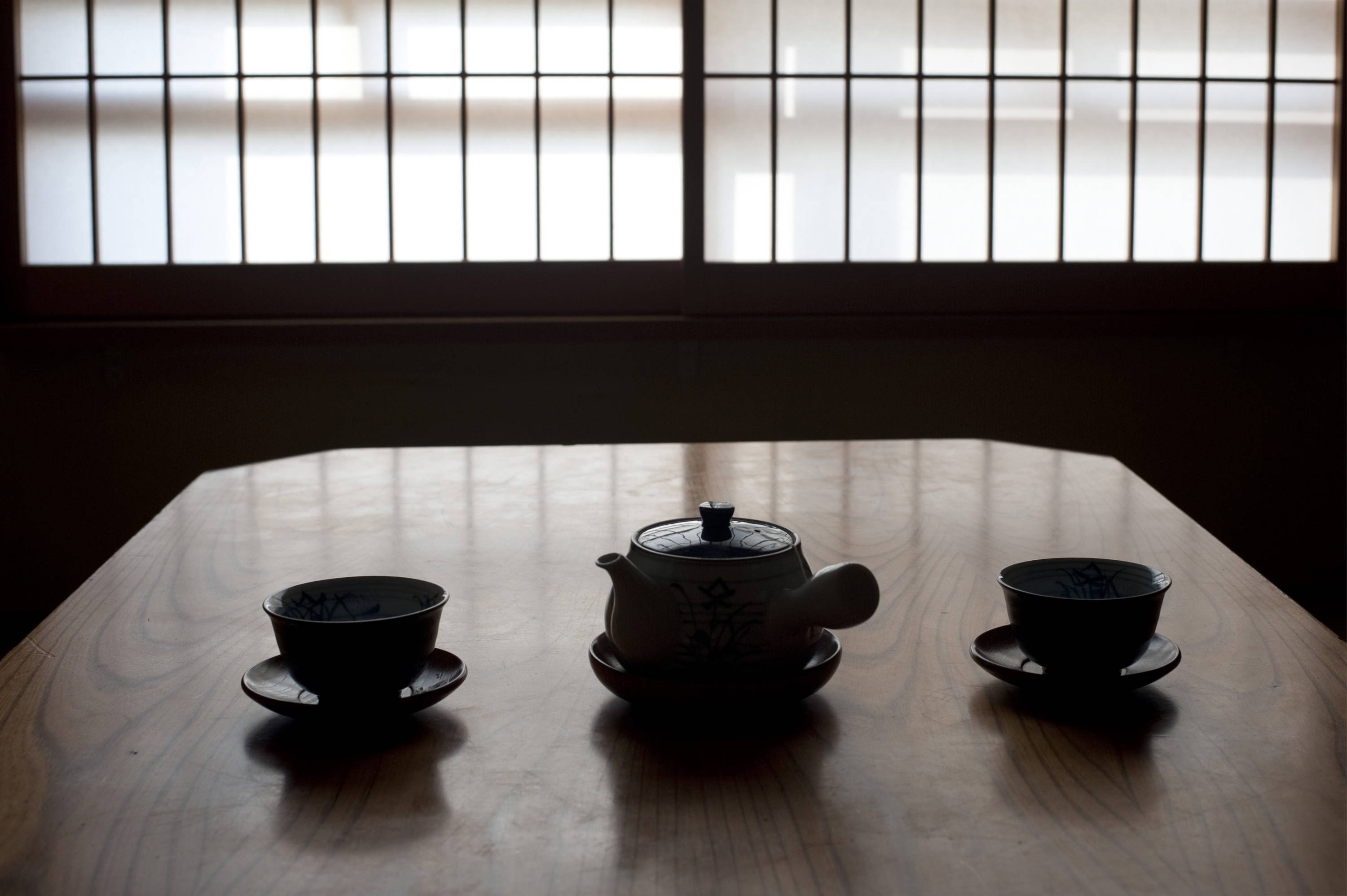Raku Pottery: How is it made? What makes it unique?
The beautiful design and uniqueness of Raku pottery stem from the unique methods used to create it.
Raku is a style of pottery making that has been around for centuries, and variations of the original methods are still practiced today. Traditionally used for making tea bowls for Japanese tea ceremonies, the Raku style is used to make different types of pottery with intricate designs and dazzling colors.
The results of the Raku process create an eye-catching, attractive piece of artwork that you will feel proud to display on a shelf in your home or office. But how is it made? And what makes this style of pottery so unique?
Let's take a further look at Raku pottery to understand these questions better and find out what Raku really means.

How is Raku Pottery Made?
Raku pottery is a specific method of pottery making, and this special process helps it stand out from the other types of pottery. Since the method first began, there have been some alterations in the formula. The following are the modern-day processes performed in Japan and an adapted process performed in Western Culture:
Japanese Process. This method is the closest to the original steps taken in the traditional creation of Raku pottery.
- After hand-molding the piece, it is placed in a low-burning kiln for a brief time.
- When it has reached its hottest temperature, it is taken out of the kiln and placed in the open air to cool down.
Western Culture Process. This method adds an extra step that was introduced to the traditional process in the twentieth century.
- The hand-molded piece is placed in a high-burning kiln for a brief time.
- Remove the piece at its hottest temperature, and encase the object in a reduction container. This container will cut off oxygen and allow carbon dioxide to escape through a small hole. This process will create extra features added to the pottery, including crackling (harmless cracks that form along the object's surface) and adding colors using different techniques.
- Some forms of this Western method use water to cool the pottery.
History
Raku pottery was first invented in the sixteenth century when a tile maker was hired to create bowls for a tea ceremony. Due to the distinct style of the handmade finished product, the tea bowls became popular, and the tile-maker and his son began to reproduce the bowls. The tile maker's family name was changed to Raku, which is Chinese for "enjoyment."
The method of hand-molding pottery and using a low-heat process was passed down through generations.
What Makes Raku Pottery Unique?
The method of hand-molding an object from clay, firing it over a low-burning fire, and letting it cool in the open air has become a traditional method in Japan over many centuries. Its one-of-a-kind process is unique in that it has not changed greatly since its inception.
The traditional Raku pottery of today still has components that are key elements of the original process, and the pottery is still being used for its original purpose: as tea bowls in traditional Japanese tea ceremonies.
